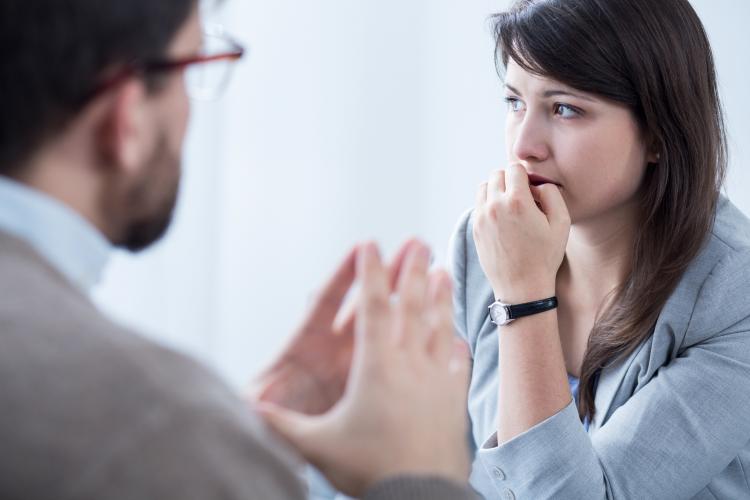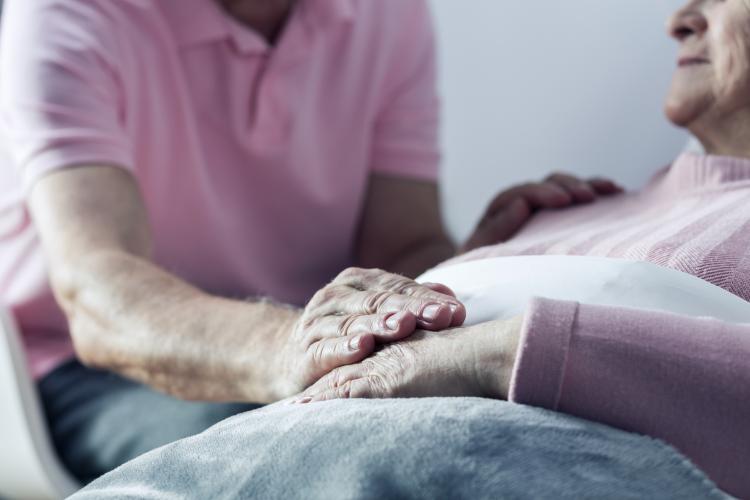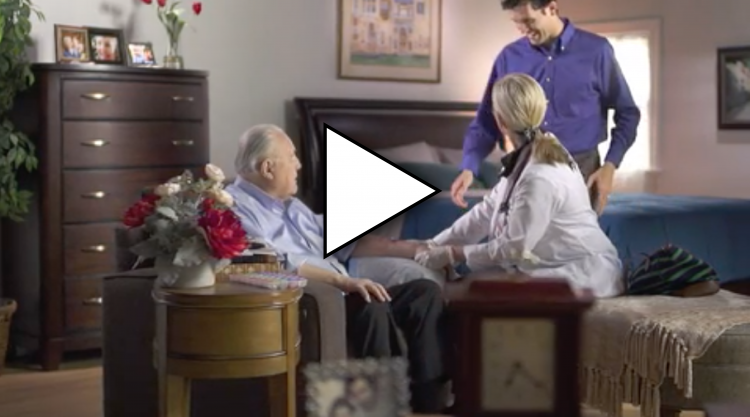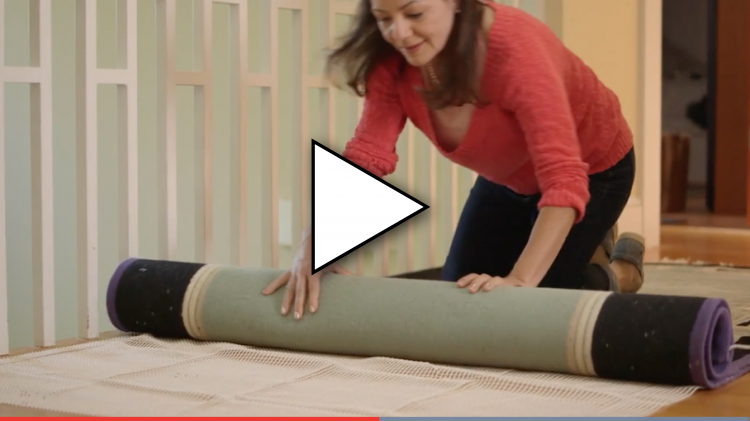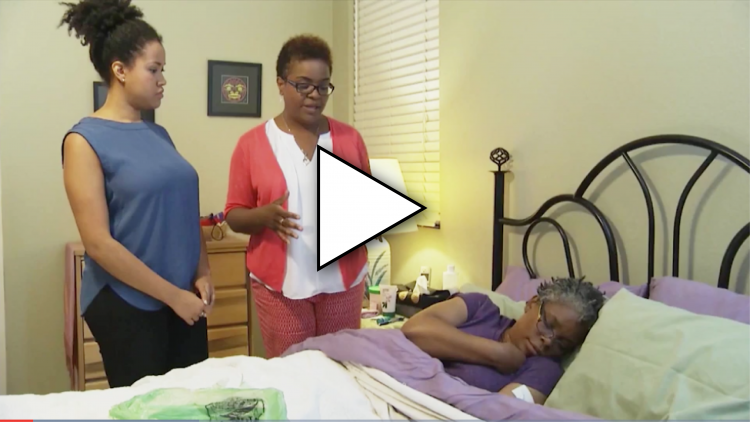Family members face challenges caring safely for loved ones at home
KEY TAKEAWAYS
THE RESOURCES
- Public and private organizations are beginning to address gaps in home care safety with training, legislation and recommendations based on expert input.
THE TAKEAWAY
- As the number of people engaged in home care grows, so does the need for education, support and coordinated services designed to improve safety.
After Jennifer’s father died in 2014, her once-active mother, who is now 78, went into a tailspin. She was depressed. She started drinking much more than her usual afternoon cocktail and wine with dinner. She rarely left her house. The signs of early dementia that had gone unnoticed became more pronounced.
Jennifer, who lives in suburban Boston — more than 1,000 miles away from her mother’s home — and her far-flung siblings visited their mother regularly, but when she suffered repeated falls, that no longer sufficed. After considerable cajoling, she moved in with Jennifer and her family last year.
Jennifer, who asked that her full name not be used, coined a reassuring mantra to get through stressful days: “I want to be able to look in the mirror for the rest of my life and say, ‘I did the best I could.’”
Jennifer has found a local internist for her mother and manages medications she takes daily for anxiety, depression, high blood pressure, cholesterol and a thyroid condition. She has helped her mother reduce her drinking considerably but can rarely persuade her to leave the house. She is installing an accessible shower and grab bars and has removed area rugs.
Aging Baby Boomers will need caregivers
In caring for an aging parent, Jennifer is doing what adult children have always done. She is one of more than 40 million family caregivers nationwide, according to AARP, including 844,000 in Massachusetts who care for elderly relatives. Aging Baby Boomers, who had fewer children than their parents, are expected to dramatically increase the demand for caregiving.
Increased longevity, complex health needs and early hospital discharge make family caregiving more challenging than ever. AARP and United Hospital Fund, in their 2012 Home Alone report, found that 46 percent of family caregivers performed nursing tasks, such as caring for wounds, managing medications or operating mechanical ventilators. In Valuing the Invaluable, 2015 Update, AARP reported finding that 55 percent of caregivers felt overwhelmed.
Growing support for family caregivers
Public and private organizations are beginning to explore and address the needs of family caregivers. A 2018 report from the Institute for Healthcare Improvement (IHI), No Place Like Home: Advancing the Safety of Care in the Home, offers new recommendations, strategies and tools for effective and safe care of patients in their homes.
AARP developed and advocated for the CARE Act, which requires hospitals to include family caregivers in discharge planning and train them in the medical tasks they will be expected to perform. It has been approved in 39 states and territories; in Massachusetts it went into effect in November 2017. The new Family Caregiving Institute at the Betty Irene Moore School of Nursing at the University of California/Davis will conduct research, disseminate information and augment training of nursing students on the challenges of care for patients at home.
“Nationally, we have made very little investment in the people doing the care, whether it’s the family caregiver or the home health aide,” says Robyn Stone, Dr.P.H., Co-Director of the LeadingAge LTSS Center @UMass Boston and member of the expert panel that informed IHI’s upcoming report. “We need good training and education. We should help family caregivers know and understand the challenges they’re facing and how to address them and get the support they need."
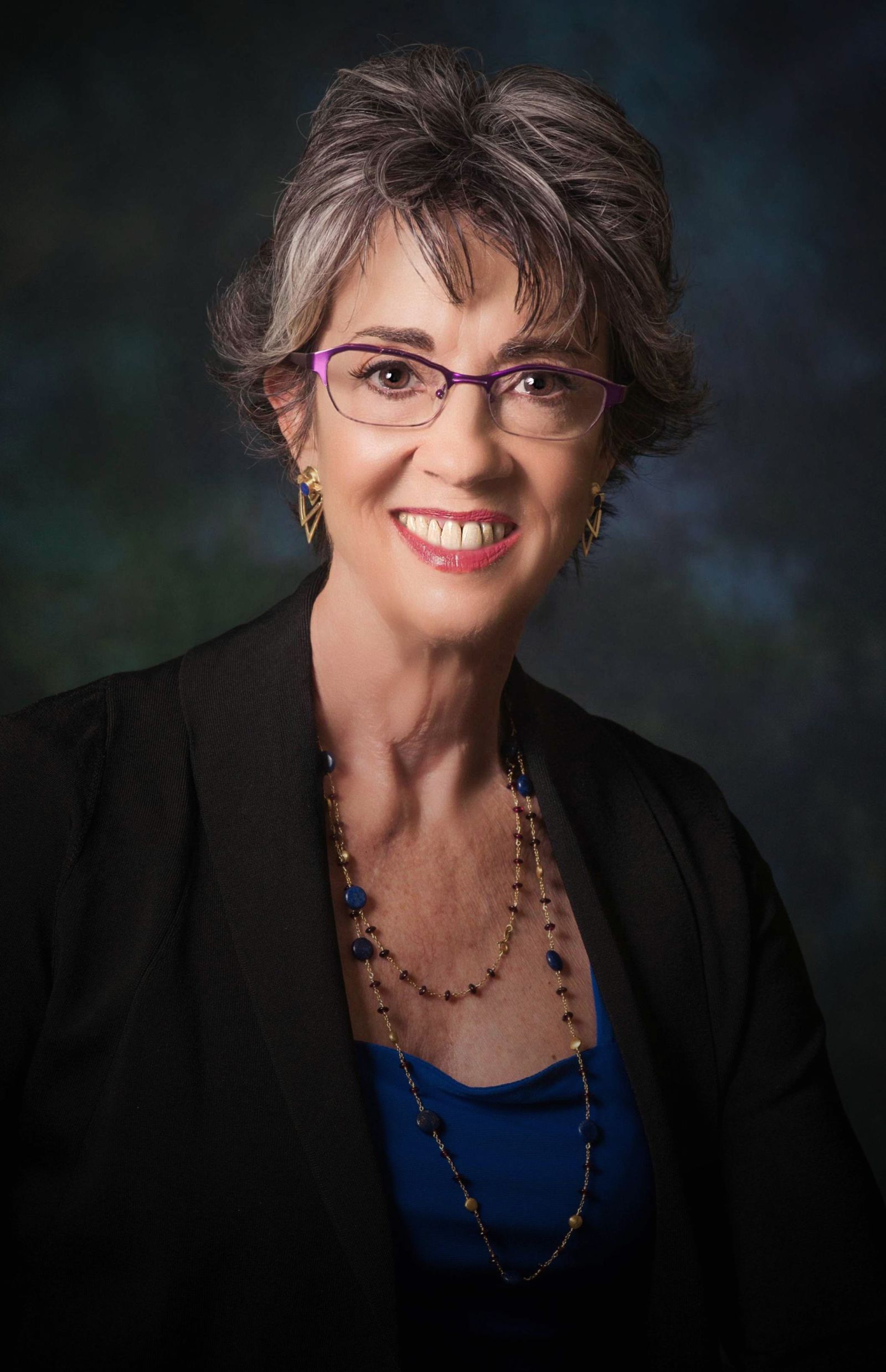
Working on safety in the ‘triad’
Care for the aging involves what Theresa Harvath, R.N., Ph.D., Director of the Family Caregiving Institute, calls the “triad of safety, autonomy and quality of life,” elements that sometimes conflict. “Things that add to quality of life and honor autonomy might also add risk,” she says. “Figuring out how to work in the triad is where complexity rests.”
Here are two examples of the complexity involved in home care safety:
- While it’s true that fall prevention starts with the physical environment, such as removing or securing area rugs, clearing clutter and providing good lighting, gerontologist Suzanne Salamon, M.D., at Beth Israel Deaconess Medical Center, adds other concerns. “Medications can contribute to falls. If you take several blood pressure medications all at the same time, an older person might stand up and pass out because the blood pressure may drop too quickly. Other medications, such as sleeping pills, can also lead to falls,” she says. “When you take a sleep history, you might learn that a patient is drinking coffee at night or two or three glasses of water and getting up to use the bathroom. This is when many people fall because of poor lighting or losing their balance. People with cataracts can’t see well and might fall. It’s important that they walk every day to strengthen their legs.”
- Research has rarely examined how procedures in the home should mirror or differ from hospital practice. “When we teach nursing students how to give injections in the hospital, they wear gloves and scrub the area, but using gloves at home gets expensive very quickly,” says Harvath. “Do we have to worry about the same infection control issues in the home where a consistent, small number of people are involved? We don’t know. When is it important to do things in a way that’s similar to how they’re done in an institution? When do we need to adapt so care is reasonable and affordable for families?”
After publishing Home Alone, AARP established the Home Alone Alliance and created short instructional videos (see sidebar) on wound care, mobility and medications for family caregivers, with more to come. The Family Caregiving Institute, which co-produced the videos, has published information about them in nursing journals.
AARP is sending teams to several states to study implementation of the CARE Act. “We’re asking hospitals if they know there’s a law,” says Susan Reinhard, R.N., Ph.D., Director of AARP’s Policy Institute. “How are you implementing it? Is it changing your practice?”
The Massachusetts Health & Hospital Association, which collaborated with AARP on passage of the law, is working to standardize practice and has created materials for hospitals and families. And the first project of the new UMass Worcester-Amherst Health Policy Research Laboratory, funded by the UMass Center for Clinical and Translational Science, will be a study of the CARE Act’s impact on home discharge and readmission.
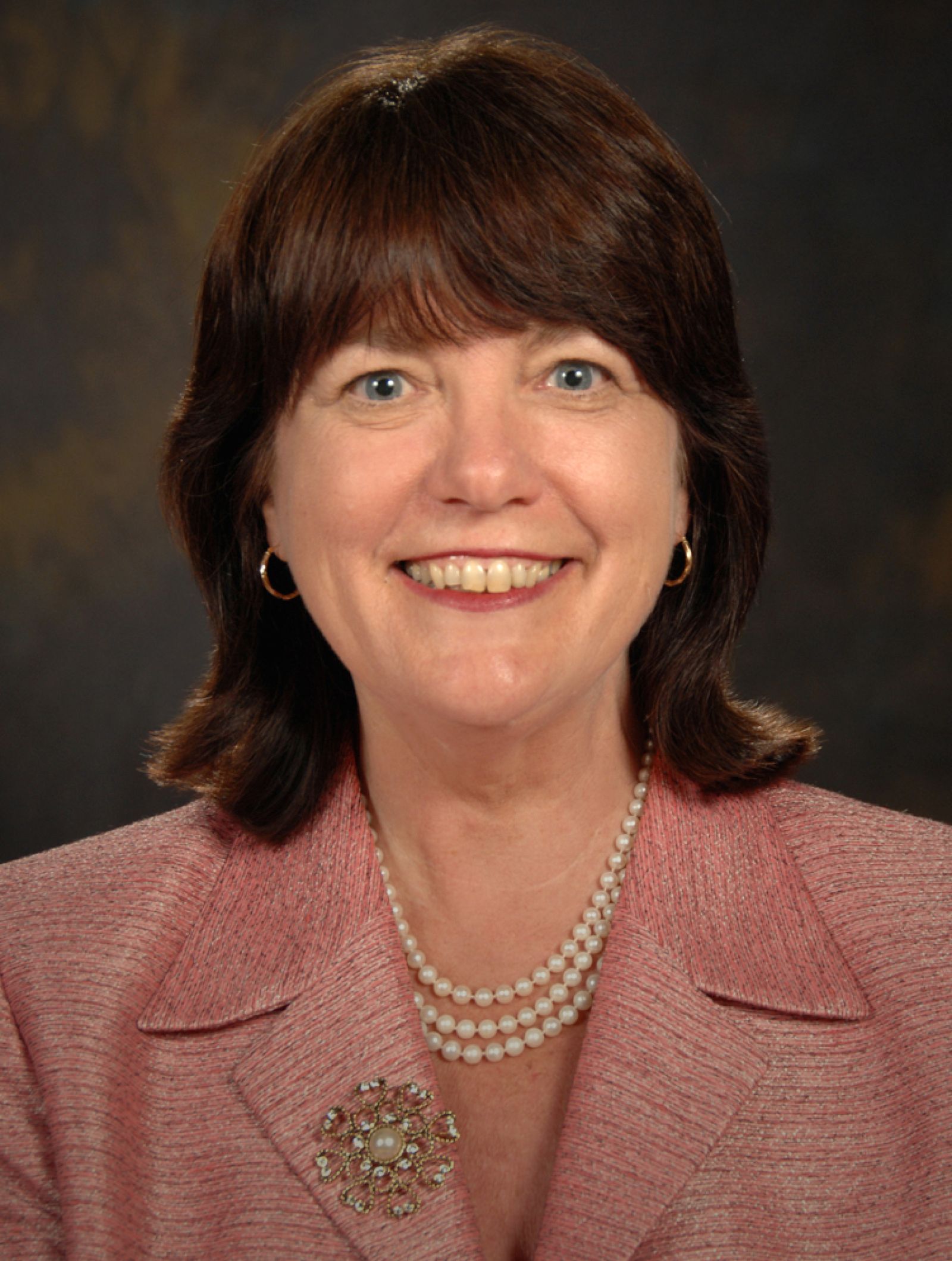
Organizations such as Commonwealth Care Alliance (CCA), a not-for-profit, community-based health care organization that serves income-eligible individuals with complex medical, behavioral health and social needs, provide nurse managers to help members get the care they need. Many of CCA’s more than 9,600 Senior Care Options members live at home, aided by family. After an assessment of the care recipient’s health and physical environment, as well as their capacity to make decisions, CCA supports and trains caregivers to safely help their aging relatives and maintain their own well-being — ranging from a break from the 24/7 needs of a relative with advanced dementia to a post-hospitalization home visit within 48 hours.
“You build an ongoing relationship,” says James Taylor, a CCA nurse practitioner. “As conditions change, we provide whatever additional support and education the member and family might need.”
Coordinating care for care givers and recipients
Massachusetts Secretary of Elder Affairs Alice Bonner, R.N., Ph.D., co-chairs the expert panel working on IHI’s upcoming report on safety in home care. The first step in implementing the panel’s recommendations, she says, will be to convene specialists from various fields who interact with family caregivers. “We need to bring people out of their silos and come up with some initial priorities,” Bonner says. “Are there aspects of safe care in the home that we can encourage people to adopt while we develop longer-term solutions?” Meanwhile, Jennifer has put looking for support for her mother — and herself — on her to-do list. “My mother is not doing great, but it’s a long cry from where we were a year ago,” she says. “It’s hard, but I’m glad we can do it. I want to find a one-stop shop, an easy resource for the truckload of stuff that goes along with caring for an aging parent.”
